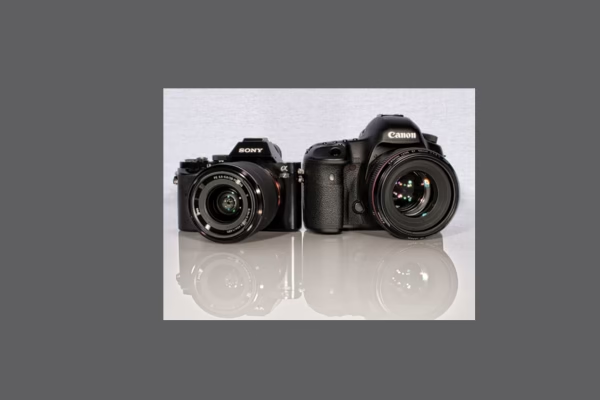In the twenty-first century, the city has become both a stage of opportunity and a theater of solitude. Skyscrapers, neon lights, and the constant hum of traffic give the impression of unending vitality, yet beneath this surface lies a deepening sense of disconnection. One of the most striking phenomena of contemporary urban life is the paradox of hyper-connectivity and isolation—an experience in which human relationships are increasingly mediated through screens. Photography, as both an art form and social commentary, has emerged as a powerful medium to explore this duality.
Urban isolation is not a new theme. Literature and cinema have long depicted the loneliness of crowded cities. But in the post-pandemic world, where lockdowns amplified solitude and digital communication became a lifeline, the subject acquired new dimensions. Screens—once tools of convenience—now dominate social interaction, from work meetings to friendships and even intimacy. In public spaces like metros, cafes, or parks, people are rarely looking at each other; instead, their gazes are fixed on smartphones. This phenomenon has been termed “together alone,” describing the irony of being surrounded by others yet locked in solitary digital bubbles.
Photography has captured this cultural shift with haunting accuracy. Chinese photographer Chen Wei’s recent series Breath of Silence exemplifies this trend. His staged urban scenes and LED installations depict individuals illuminated not by sunlight but by artificial glow—symbolic of a world where digital light replaces human warmth. Such images highlight how the screen, while connecting us across vast distances, simultaneously creates a barrier to immediate human presence. The city becomes a landscape of muted interaction, where faces glow in isolation.
The aesthetic of screens in photography also raises questions about authenticity and perception. Mobile phones, tablets, and laptops serve as filters not just for images but for life itself. Moments are increasingly experienced through lenses before being shared online. For many urban dwellers, the memory of an event is not tied to lived presence but to its digital documentation. Here, photography does double duty: it reflects the obsession with screens and critiques the diminishing boundary between the real and the virtual.
Culturally, this theme resonates strongly in China and other rapidly urbanizing societies. Mega-cities such as Beijing, Shanghai, and Shenzhen embody the contradictions of progress: technological innovation thrives, yet personal alienation intensifies. Platforms like WeChat and Little Red Book foster constant online engagement, but critics argue that they contribute to a decline in face-to-face community. Young people, in particular, are caught in this paradox—seeking connection while often experiencing detachment.
From a broader perspective, the fusion of urban isolation and screen culture forces us to reconsider what community means in modern life. While digital tools provide accessibility and efficiency, they also risk reducing social interaction to transactional exchanges of images, emojis, and fleeting texts. Photography plays an essential role here, not only documenting the phenomenon but provoking reflection. Each captured image of a solitary commuter lit by a phone, or a family gathered yet individually absorbed in their devices, becomes a mirror of collective experience.
In conclusion, urban isolation and screens are intertwined realities of contemporary city life. They reshape how people relate to each other, how they perceive space, and how they understand themselves. Through photography, these experiences are not only recorded but also interrogated, urging us to ask whether technological glow can ever substitute for human warmth—and how cities might reclaim intimacy in an era defined by digital light.

